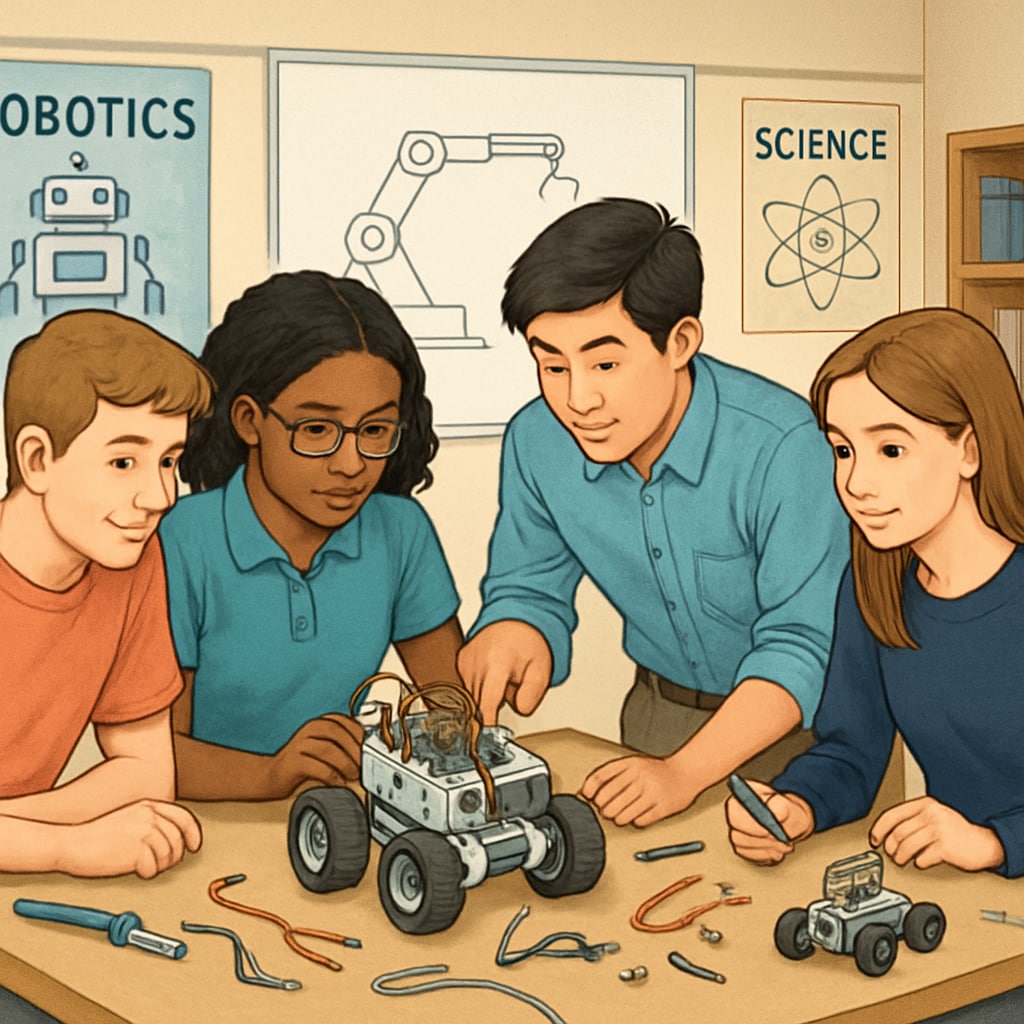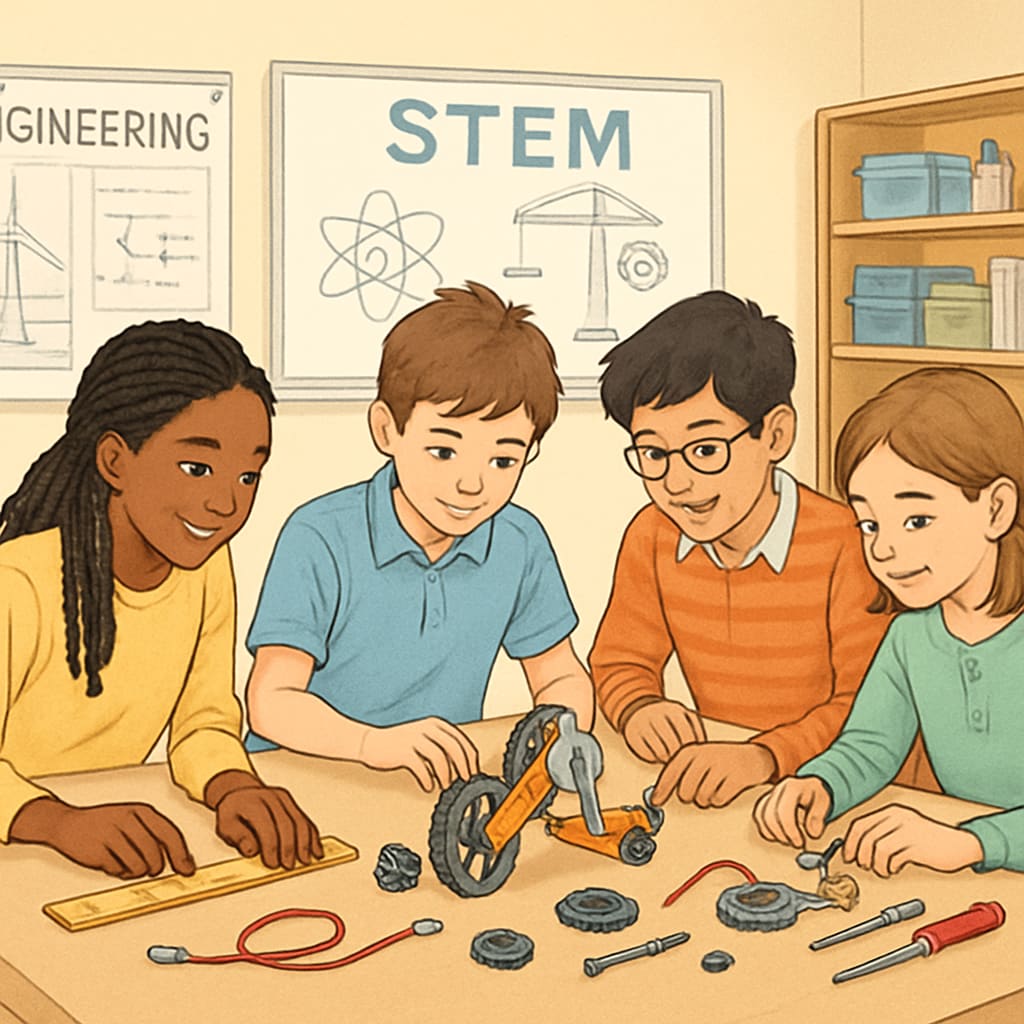Engineering design, master’s degrees, and career development are deeply intertwined aspects of a successful professional journey. The foundation for these elements is often laid during a student’s K12 education, where exposure to engineering thinking and decision-making skills can significantly influence their future academic and career pathways. This article explores how early engineering education prepares students for higher education and career success, while offering insights into fostering these essential skills from a young age.
Why K12 Education Matters for Engineering Careers
The K12 phase is critical for developing the foundational skills necessary for engineering design and related fields. At this stage, students are introduced to problem-solving, critical thinking, and creativity—skills that are essential for a career in engineering. Moreover, exposure to STEM (Science, Technology, Engineering, and Mathematics) subjects during K12 plays a pivotal role in shaping their interests and aptitudes.
For example, project-based learning activities such as building simple machines or designing sustainable solutions to local challenges can ignite a student’s passion for engineering. These experiences not only foster technical skills but also build confidence in tackling complex problems. This early exposure can influence their decision to pursue a degree in engineering and, eventually, a specialized career.

Preparing for Advanced Degrees in Engineering Design
A master’s degree in engineering design often serves as a stepping stone to advanced career opportunities. However, the decision to pursue such degrees requires careful planning and preparation. K12 education can play a crucial role here by helping students understand the academic and professional demands of advanced degrees. Guidance counselors, educators, and mentors can introduce students to the various fields within engineering design, such as mechanical, civil, or software engineering.
Additionally, programs like pre-college engineering camps or Advanced Placement (AP) courses in STEM subjects can provide students with a realistic preview of what to expect in higher education. These opportunities allow them to explore their interests deeply and decide whether pursuing a master’s degree aligns with their aspirations.
Key Benefits of Early Preparation:
- Exposure to various engineering disciplines to identify specific interests
- Development of critical thinking and analytical skills
- Understanding the importance of lifelong learning in engineering careers

Balancing Degree Choices with Career Goals
While a master’s degree can enhance career prospects in engineering design, it is not the only path to success. K12 education should also focus on developing decision-making skills to help students weigh the pros and cons of pursuing advanced degrees versus entering the workforce directly after a bachelor’s degree. This balance is particularly important in fields where experience and technical skills can sometimes outweigh formal education.
For instance, students interested in emerging fields like artificial intelligence or sustainable engineering might find that industry certifications and hands-on experience are highly valued. On the other hand, roles in academia or specialized research may require advanced degrees. By fostering both technical and adaptive skills, K12 education ensures that students are equipped to make informed choices that align with their long-term career goals.
Building Engineering Mindsets in K12 Classrooms
In addition to technical skills, cultivating an engineering mindset—defined by curiosity, resilience, and a willingness to experiment—is essential. Teachers can encourage this mindset by creating a classroom culture that values experimentation and learning from failure. Incorporating real-world problems into the curriculum can make engineering concepts more tangible and relevant.
Strategies to Build Engineering Mindsets:
- Encourage collaborative projects that mimic professional engineering environments
- Integrate design-thinking frameworks into the learning process
- Provide opportunities for students to present and iterate on their designs
By instilling these values early, students are more likely to approach higher education and career challenges with confidence and adaptability.
Conclusion: Guiding Students at the Crossroads
Engineering design education during the K12 years is more than just preparation for college; it is about equipping students with the tools to navigate complex academic and career decisions. With the right guidance and opportunities, students can build the skills and confidence needed to excel in their chosen paths, whether that involves pursuing a master’s degree or entering the workforce immediately after their undergraduate studies.
By investing in engineering education at the K12 level, we can empower the next generation of innovators, problem-solvers, and leaders in the engineering field. As a result, students will not only be prepared for academic success but also for meaningful and impactful careers.
Readability guidance: This article uses short paragraphs and lists to ensure clarity and engagement. Over 30% of the sentences include transition words like “however” and “as a result” to maintain logical flow. The content avoids excessive jargon and balances professional insights with practical advice.


